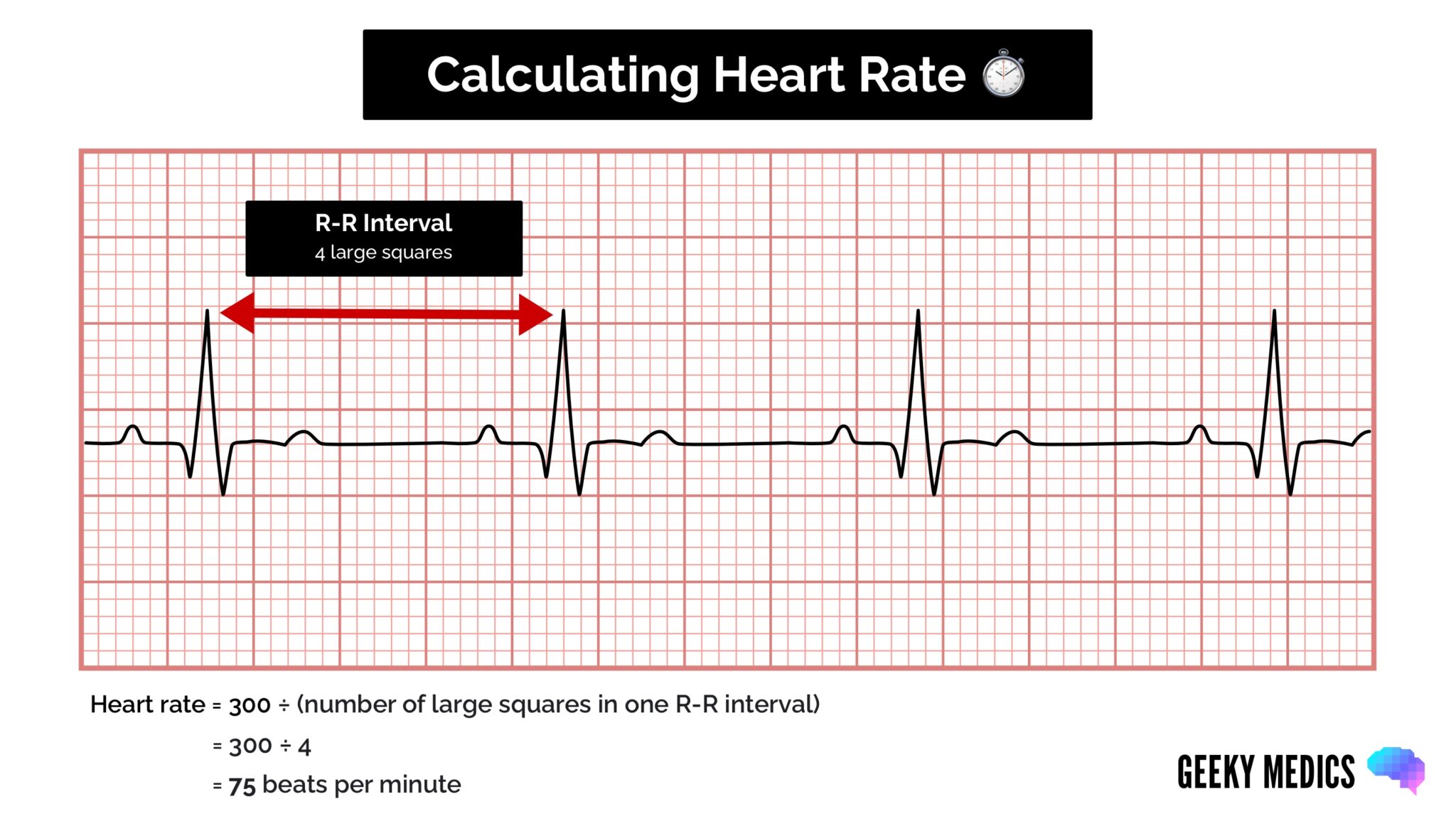Ecg Guide

. Specialty. Anesthesiology. Cardiology. Critical Care. Emergency Medicine.
Family Medicine. Gastroenterology apps.
Hematology. Hospitalist. Infectious Disease. Internal Medicine.

Nephrology. Neurology. Obgyn. Oncology. Ophthalmology. Orthopedic Surgery. Pathology.
Pediatrics. Physical medicine. Plastic Surgery. Psychiatry. Pulmonology.
Radiology. Rheumatology. Sports Medicine. Surgery. Toxicology. Urology. Vascular.
Platform. Android. Blackberry. iPad. iPhone.
Windows. Keyword. By Tom Lewis The last time iMedicalApps reviewed ECG Guide by QxMD, we thought it was ‘”a very good app designed well and comprehensive in terms of content”.
After several updates to version 4.4, we return to ECG Guide to see how it has improved. Launching the application presents the user with an ECG ‘Book’. This attractive interface is easy to navigate with selected sections opening into a range of subtopics (see screenshot). The content within each sub-topic is concise and well written; all essential information required to interpret ECGs is covered. Furthermore, information is very well illustrated with diagrams and tables. The detail is perfect for healthcare professionals ranging from medical students to practicing physicians. This application is extremely comprehensive covering in-depth information on:.
Ecg Guidelines For Hypertension
ECG Interpretation. Ventricular/atrial enlargement. Assessment of ischaemia. Approach to arrhythmia. Heart Block. Miscellaneous (including abnormalities caused by hypothermia, anti-arryhthmic drugs and others-see screenshot) A useful feature of the application is its design which allows the user to move to the next section at the end of each subtopic.
There is a wide range of ECG abnormalities covered with information on aetiology, diagnostic criteria and over 200 sample 12 lead ECGs which are scrollable with pinch-to-zoom. The user interface to navigate between the sample ECGs is functional and attractive. This application also has a quiz section which is either multiple choice or identify the rhythm. In order to develop rhythm identification skills, users are presented with a 12 lead ECG. The information button names the abnormality, although it would be helpful if the actual abnormality was highlighted on the sample. The multiple choice quizzes contain over 100 questions, which is ideal for the student or healthcare professional to consolidate knowledge learned from the ‘ECG Book’.
However, there is no immediate explanation provided if you select an incorrect answer. It was difficult to identify any major drawbacks with the ECG Guide. Nonetheless, it should be noted that there is no annotation for the sample ECGs explicitly displaying a deviation.
Furthermore, it should also be noted that this comprehensive app lacks a search function. Including a search function would reduce time spent searching for information on a particular abnormality. Likes:. Comprehensive with a high level of explanatory detail suitable for healthcare professionals at any level. Attractive, intuitive user interface. Range of quizzes to consolidate knowledge and develop ECG rhythm recognition Dislikes:. No annotation for sample ECGs highlighting abnormalities.
No search function Price:. $0.99 Overall Rating:. At $0.99, this app is a must have for any healthcare professional who comes into contact with ECGs. The detail is sufficient to be used as a pocket reference guide by practicing physicians and the clear, intuitive layout ensures relevant information is found quickly.
ECG Guide manages to combine practical, clinical information in an attractive package that facilitates learning. IMedicalApps is an independent online medical publication for medical professionals, patients, and analysts interested in mobile medical technology and health care apps. Our physician editors lead a team of physicians, allied health professionals, medical trainees, and mHealth analysts in providing reviews, research, and commentary of mobile medical technology. Our publication is heavily based on our own experiences in the hospital and clinic setting. All contents © copyright 2018 iMedicalApps. All rights reserved.
To briefly summarize the components of a normal ECG tracings, it consist of waveform components which indicate electrical events during one heart beat. These waveforms are labeled P, Q, R, S, T and U.
P wave is the first short upward movement of the ECG tracing. It indicates that the atria are contracting, pumping blood into the ventricles. The QRS complex, normally beginning with a downward deflection, Q; a larger upwards deflection, a peak (R); and then a downwards S wave. The QRS complex represents ventricular depolarization and contraction. The PR interval indicates the transit time for the electrical signal to travel from the sinus node to the ventricles.
Ecg Guidelines Heart
T wave is normally a modest upwards waveform representing ventricular repolarization.
Comments are closed.